Search
Did you mean: Neith?
Search Results

Image
Death Mask of Oliver Cromwell
Death mask of Oliver Cromwell who served as Lord Protector of England, Ireland and Scotland (1653-8) after the English Civil Wars (1642-51). (Warwick Castle, England)

Image
Death of King Philip or Metacom
An early 20th-century illustration showing the death of King Philip, aka Metacom (l. 1638-1676) who led a coalition of Native American tribes in King Philip’s War (aka Metacom’s War, 1675-1678) against English colonists.
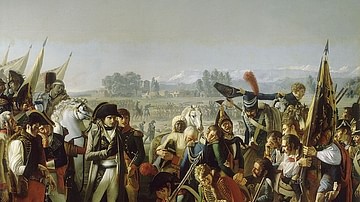
Image
Death of General Desaix
The death of French General Louis Desaix at the Battle of Marengo, 14 June 1800; in the center left, Napoleon stands witness. Painting by Jean Broc, 1806.
Palace of Versailles.

Image
Death of General Warren at the Battle of Bunker Hill
The death of Dr. Joseph Warren, one of Massachusetts' most influential revolutionary leaders, at the Battle of Bunker Hill on 17 June 1775. Oil on canvas painting by John Trumbull, 1786.
Museum of Fine Arts Boston.
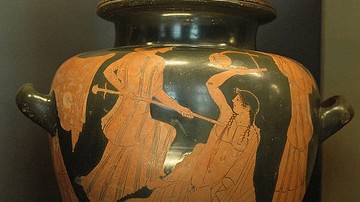
Image
Death of Orpheus
An Attic red-figure stamnos depicting the death of Orpheus, c. 470 BCE. (Louvre, Paris)
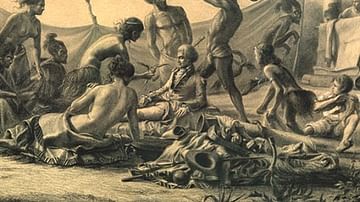
Image
Death of Marion du Fresne at the Bay of Islands
Painting by Charles Meryon (1821-1868) depicting the death of French explorer, Marion du Fresne (1724-1772), who is surrounded by Maori with children in the background and showing parts of a pa (fortification).
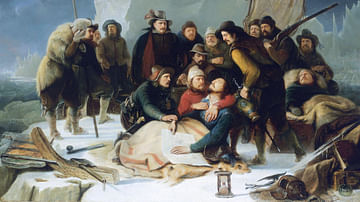
Image
Death of William Barents
Painting depicting the death of William Barents (Willem Barentsz) (1550-1597). Oil on canvas, 1836, by Christiaan Julius Lodewijk Portman (1799–1868).

Image
Death of General Brock at Queenston Heights
A dramatized depiction of the death of British General Sir Isaac Brock at the Battle of Queenston Heights (13 October 1812), by John David Kelly, 1896.
Library & Archives Canada.
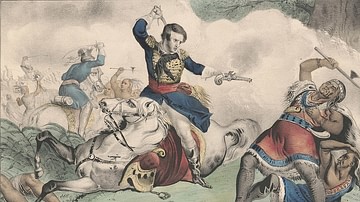
Image
Death of Tecumseh at the Battle of the Thames
Tecumseh's death at the Battle of the Thames (5 October 1813), lithograph by N. Currier, 1846.
Library of Congress, Washington, D.C.
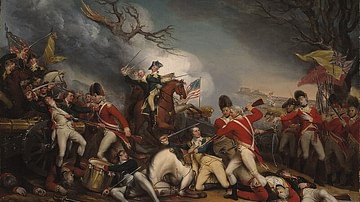
Image
Death of General Mercer at the Battle of Princeton
Death of General Hugh Mercer during the Battle of Princeton on 3 January 1777. Mercer is depicted in the center, being mortally wounded by British bayonets after refusing to surrender; British Captain William Leslie is also mortally wounded...